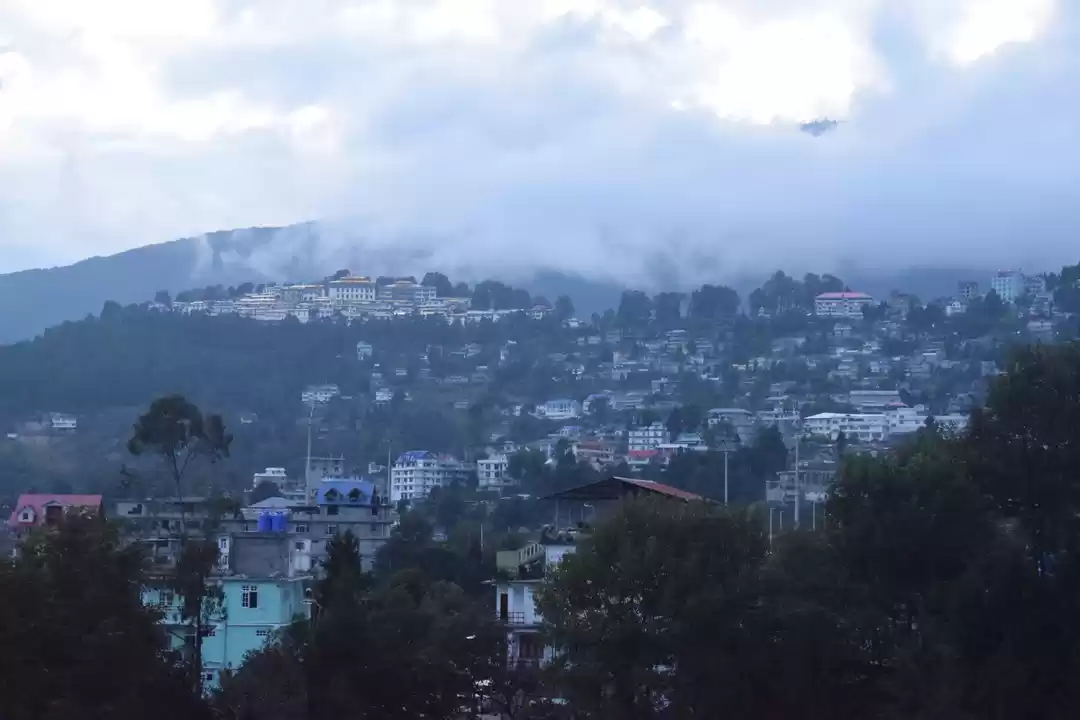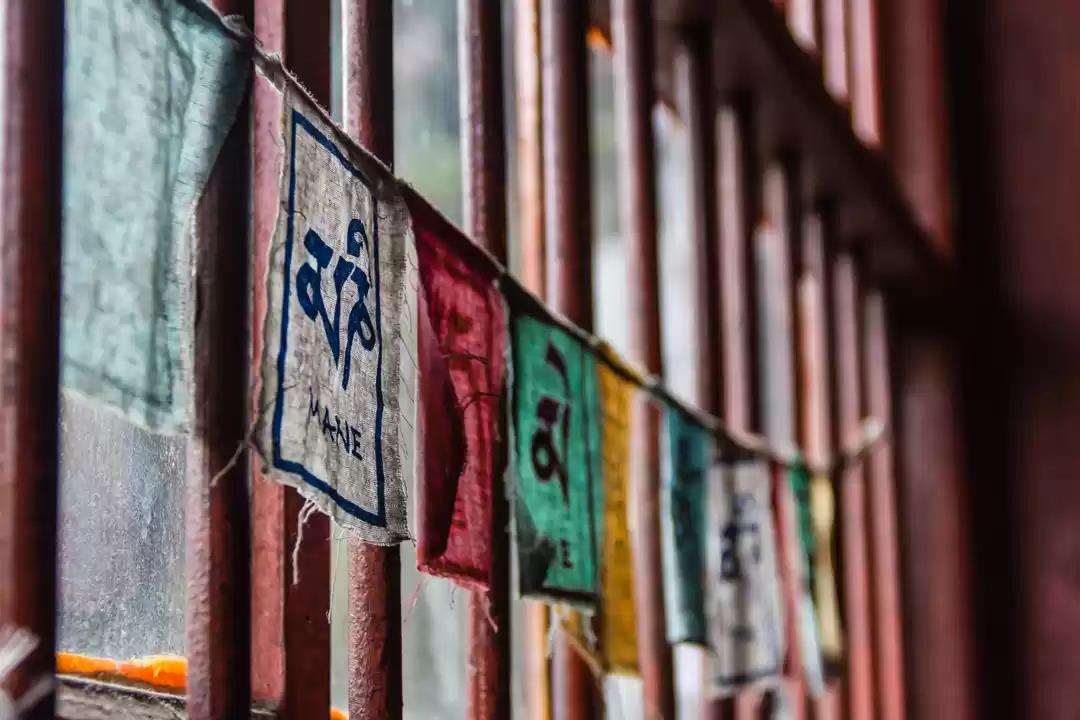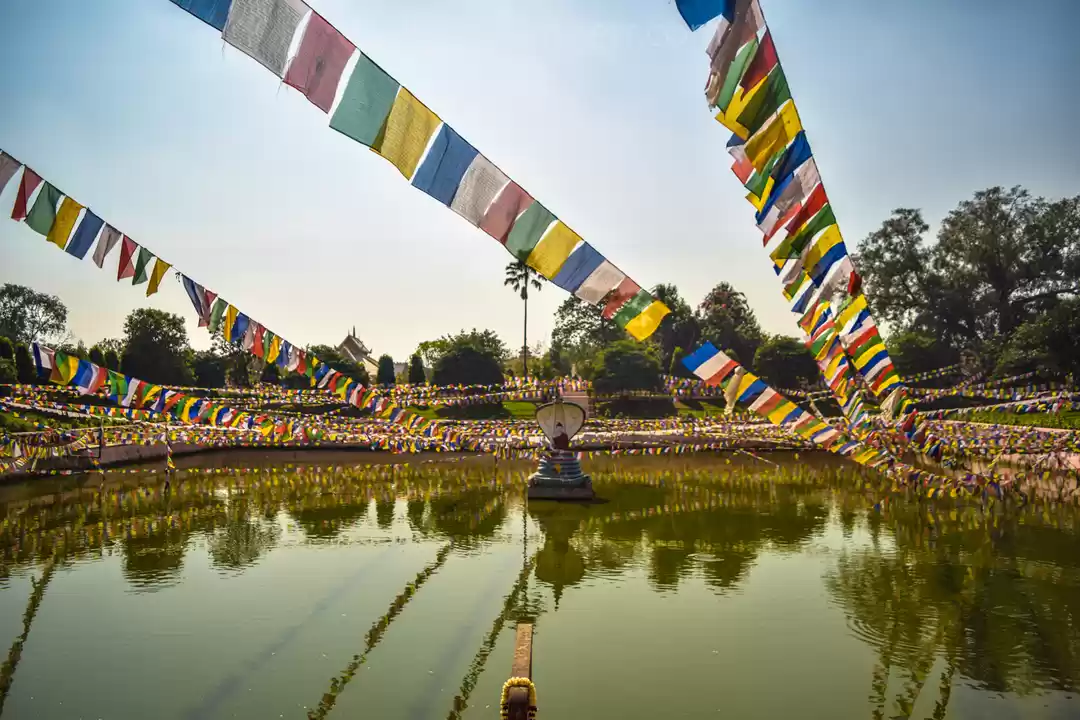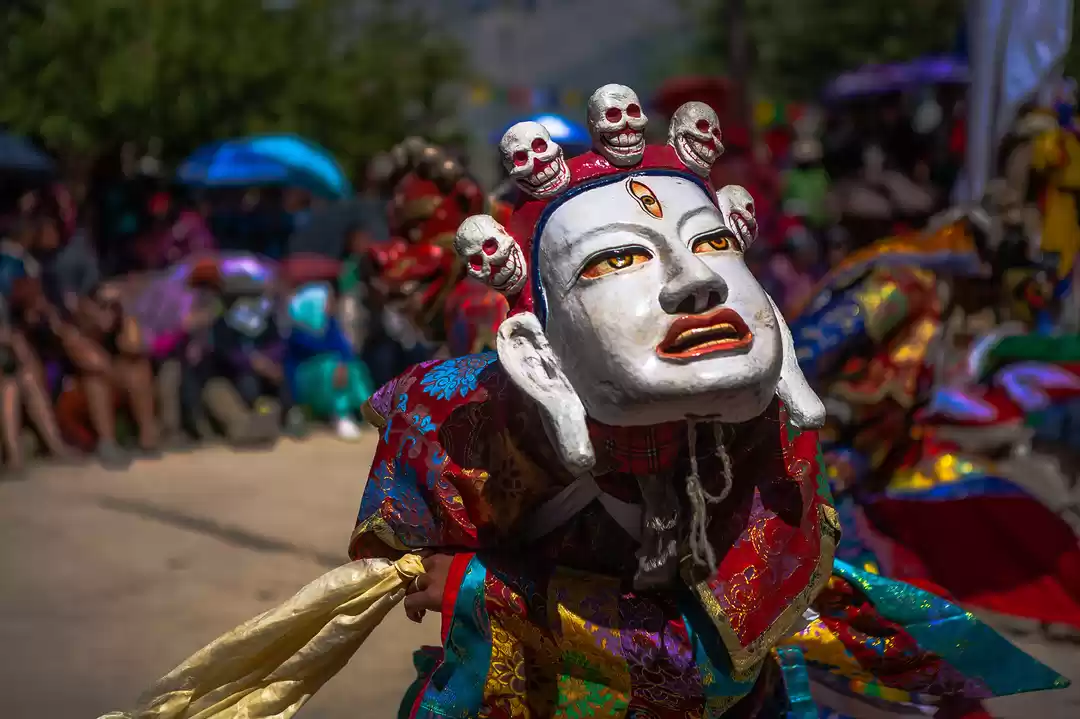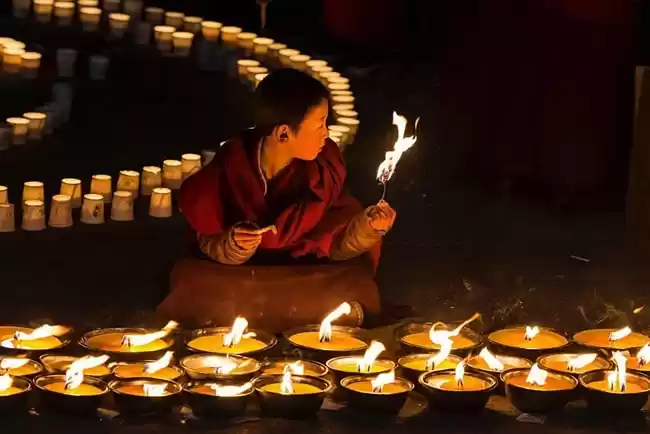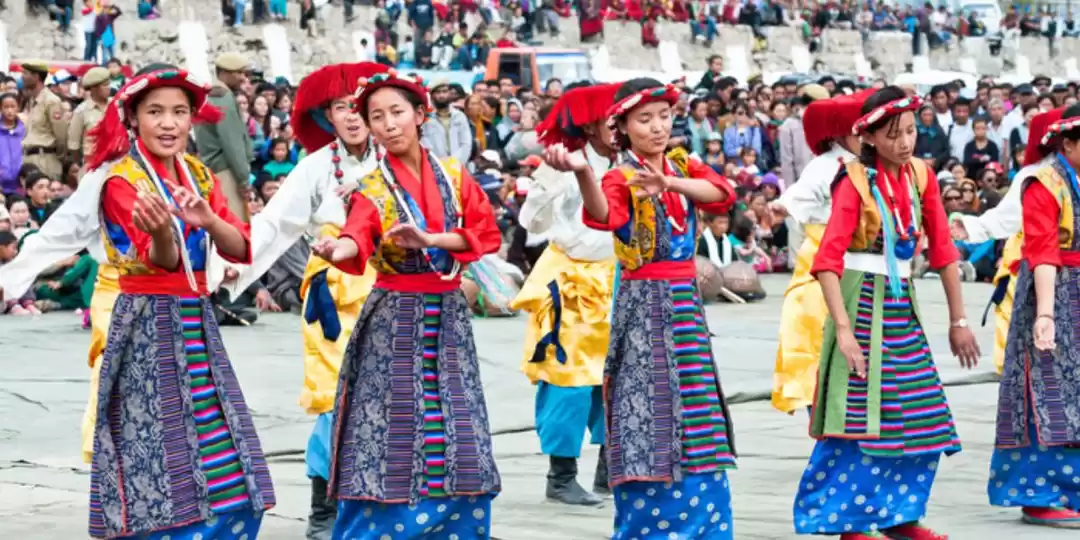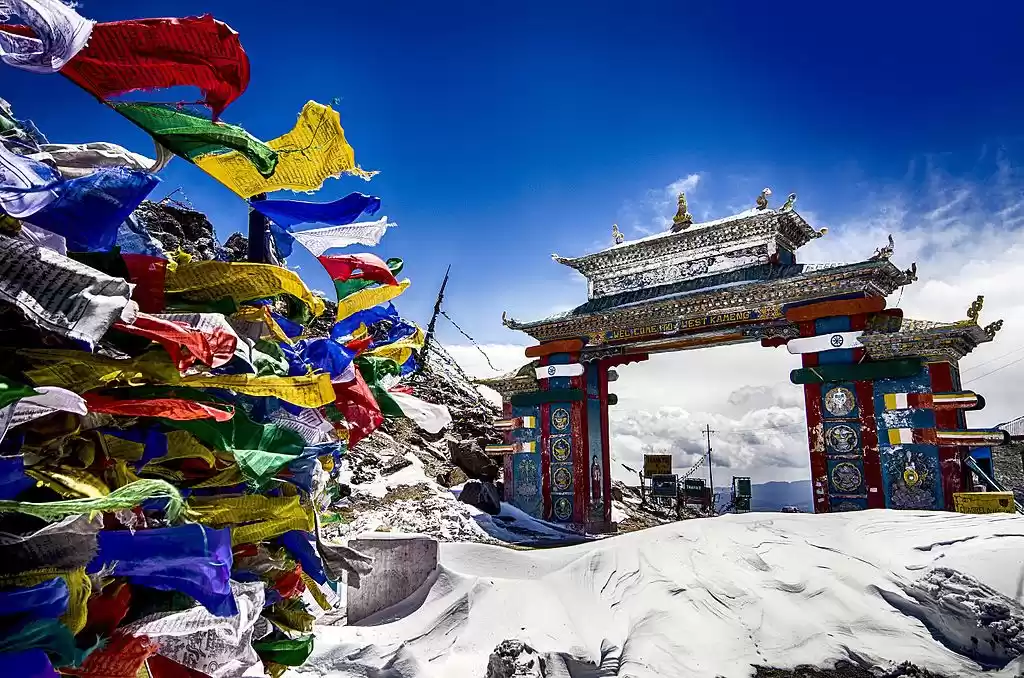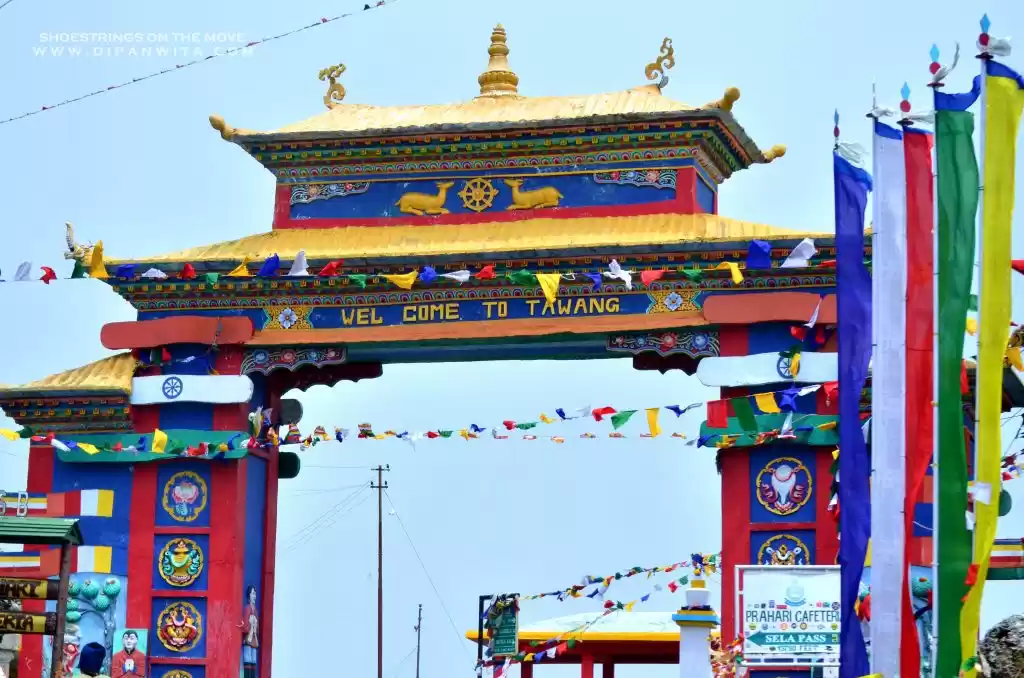
Known also as Tawang Monastery, the Galden Namgey Lhatse Monastery is one of the most renowned Buddhist monasteries in the entire country of India. Tawang Monastery is the second largest in the world and the largest in India. The monastery is in the Tawang district of Arunachal Pradesh. This holy shrine is perched atop a hill overlooking the Tawang River valley, offering a breath-taking view of the surrounding Himalayan ranges. In this blog post, we will explore the history, architecture, religious and cultural significance, and tourist attractions of Tawang Monastery.
History of Tawang Monastery
A disciple of the fifth Dalai Lama, Ngawang Lobsang Gyatso, Mera Lama Lodre Gyatso founded Tawang Monastery in the 17th century. The monastery is home to the sixth Dalai Lama, Tsangyang Gyatso.
Tawang Monastery has played a vital role in spreading Buddhism in the region and is the most significant center's of Buddhist learning in India.
The monastery has a rich history and has witnessed several battles and wars, including the Indo-China war of 1962. The monastery's library was destroyed during the war, and many precious manuscripts were lost. However, the library was later rebuilt, and efforts were made to preserve the remaining manuscripts.
Architecture of Tawang Monastery
Tawang Monastery's architecture is a blend of Tibetan and Indian styles. The monastery is built on a slope and designed like a fortress, with high walls and watchtowers. The entrance gate is decorated with intricate carvings and paintings depicting various Buddhist deities and symbols.
The Dukhang Hall, the prayer hall of the monastery, is a massive structure that can accommodate up to 700 monks. The hall is adorned with murals and frescoes depicting various scenes from the life of Buddha and other important figures in Buddhism. The altar at the centre of the hall is decorated with thangkas (traditional Buddhist paintings of cotton or silk), offering bowls, and other religious artifacts.
The monastery also has several other halls, including the Assembly Hall, which houses a massive statue of Buddha, the Drum House, where monks perform ceremonial dances and prayers and the library, which houses a vast collection of Buddhist scriptures and manuscripts.
Religious Significance of Tawang Monastery
Tawang Monastery is an important centre of the Gelugpa School of Tibetan Buddhism. The Gelugpa school is also known as the Yellow Hat sect, and its followers believe in the importance of education and the pursuit of knowledge. The monastery has played a crucial role in preserving the teachings and traditions of the Gelugpa school.
The monastery houses several religious artifacts, including Kangyur and Tengyur, which are collections of Buddhist scriptures and commentaries. The Kangyur and Tengyur are the most important religious texts in Tibetan Buddhism.
Cultural Significance of Tawang Monastery
Tawang Monastery is not only an important religious centre but also a vital cultural hub. The monastery has played a crucial role in promoting local culture and traditions. The monks at the monastery are actively involved in organizing traditional festivals and events, including the Losar Festival. It marks the beginning of the Tibetan New Year and falls in either February or March, depending on the lunar calendar. ‘Losar’ is a Tibetan word that signifies the beginning of a new year.

Losar Festival
The Losar festival is one of the most significant and celebrated festivals in the Tibetan community, as well as in Bhutan, Nepal, and parts of India. The Tibetan New Year is celebrated during the festival, which marks the beginning of the new year. The festival lasts for 15 days, with the first three days being the most important.
Losar is celebrated for three days each day has a specific significance. "Lama Losar" refers to the first day of the festival and is considered the most important day of the festival. On this day people visit monasteries, offer prayers, and make offerings, and seek blessings from lamas and monks.
They also decorate their homes with colourful prayer flags and hang "wind horses," which are made of coloured paper or cloth and symbolize good luck.
The second day is called "Gyalpo Losar" and is when people perform divination rituals to determine the future of the coming year. The third day called "Choe-Kyong Losar" is a day of family gatherings and feasting.

The festival is also marked by various traditional performances and dances, such as the cham dance, which is performed by monks wearing colourful masks and costumes. The celebrations conclude with the Butter Lamp Festival, where people light butter lamps and offer prayers.
One of the most significant aspects of the Losar festival is the "Guthuk" tradition, which is a soup made from 9 different ingredients, including barley, rice, and meat. The soup is served on the eve of Losar, and each ingredient has a symbolic meaning. For example, the barley represents health and strength, while the meat symbolizes the male gender.
But one of the most interesting customs during Losar is when the monks go on "furlough" and return home to celebrate with their families.
This tradition is rooted in the idea that the monks have spent the year living and studying at the monasteries, and Losar is an opportunity for them to return to their homes and communities to reconnect with their families and friends. It is a time for them to relax, recharge, and have some fun before returning to the monasteries for another year of study and practice.
Losar is a joyous festival filled with traditions and celebrations that reflect the unique Tibetan culture and heritage. From the colourful decorations to the traditional performances and dances, Losar is a time to come together, share stories and laughter, and look forward to the year ahead.
So, if you are interested in learning more about the Losar festival and the "Monks on Furlough" tradition, join in on the celebrations and experience the warmth and vibrancy of this fascinating festival first-hand.
The Tawang Monastery Museum, located inside the monastery complex, houses several artifacts that showcase the rich cultural heritage of the region. The museum displays various traditional costumes, musical instruments, and handicrafts.
Tourist attraction near Tawang Monastery
Apart from Tawang Monastery, there are several other tourist attractions near the monastery that visitors can explore. Some of the most popular tourist attractions include:
I. Tawang War Memorial: This memorial is dedicated to the Indian soldiers who lost their lives during the Indo-China war of 1962. The memorial has a museum that showcases various weapons and war artifacts used during the war.
II. Sela Pass: The Sela Pass is located at an altitude of 4170 meters and is one of the highest motorable passes in India. Located in the heart of the snow-capped mountains, this pass offers stunning views of the surrounding area.
III. Bumla Pass: The Bumla Pass is located at an altitude of 16000 feet and is the border between India and China. Visitors can only visit this pass with prior permission from the Indian army.
IV. Pankang Teng Tso Lake: This picturesque lake is located near the Tawang Monastery and offers stunning views of the surrounding mountains. Additionally, visitors will also be able to indulge in various water-related activities such as boating.
V. Nuranang Falls: Nuranang Falls is a beautiful waterfall located near the town of Jang. This beautiful waterfall is surrounded by lush green forest, making it an ideal place to enjoy a picnic.

Visiting Tawang Monastery
Visitors to Tawang Monastery can explore the complex and participate in religious ceremonies and festivals. Photography is allowed inside the monastery but is restricted during religious ceremonies.
The best time to visit Tawang Monastery is between April and October when the weather is pleasant; the roads are accessible. The months of November to March are extremely cold; the roads are often closed due to heavy snowfall.
Tawang Monastery is a holy shrine and a cultural and historical landmark in India. The monastery's architecture, religious significance, and cultural heritage make it one of the most popular tourist destinations in the country. Visitors to Tawang Monastery can immerse themselves in the tranquil surroundings, explore the rich history and culture of the region, and take in the stunning natural beauty of the Himalayas.
How to Reach Tawang Monastery
The Tawang Monastery is in Tawang town in Arunachal Pradesh. The nearest airport is in Tezpur, which is around 317 km away from Tawang. From Tezpur, visitors can take a taxi or bus to reach Tawang.
The nearest railway station is Guwahati, which is around 529 km away from Tawang. Visitors can take a taxi or bus from Guwahati to reach Tawang.
Visitors can also drive to Tawang from Guwahati or Tezpur. However, the roads to Tawang are often steep and winding, and visitors are advised to hire a skilled driver and a sturdy vehicle.
In conclusion, Tawang Monastery stands out as a unique and significant cultural and religious landmark in India. Its size, historical importance, and stunning architecture make it a must-visit destination for anyone interested in Buddhism, history, or culture. With its rich repository of manuscripts, scriptures, and artifacts, the monastery is a treasure trove of knowledge and spirituality. Tawang Monastery is not just a religious centre but also a symbol of the diverse and fascinating cultural heritage of Arunachal Pradesh and a testament to the enduring power of human faith and dedication.




















